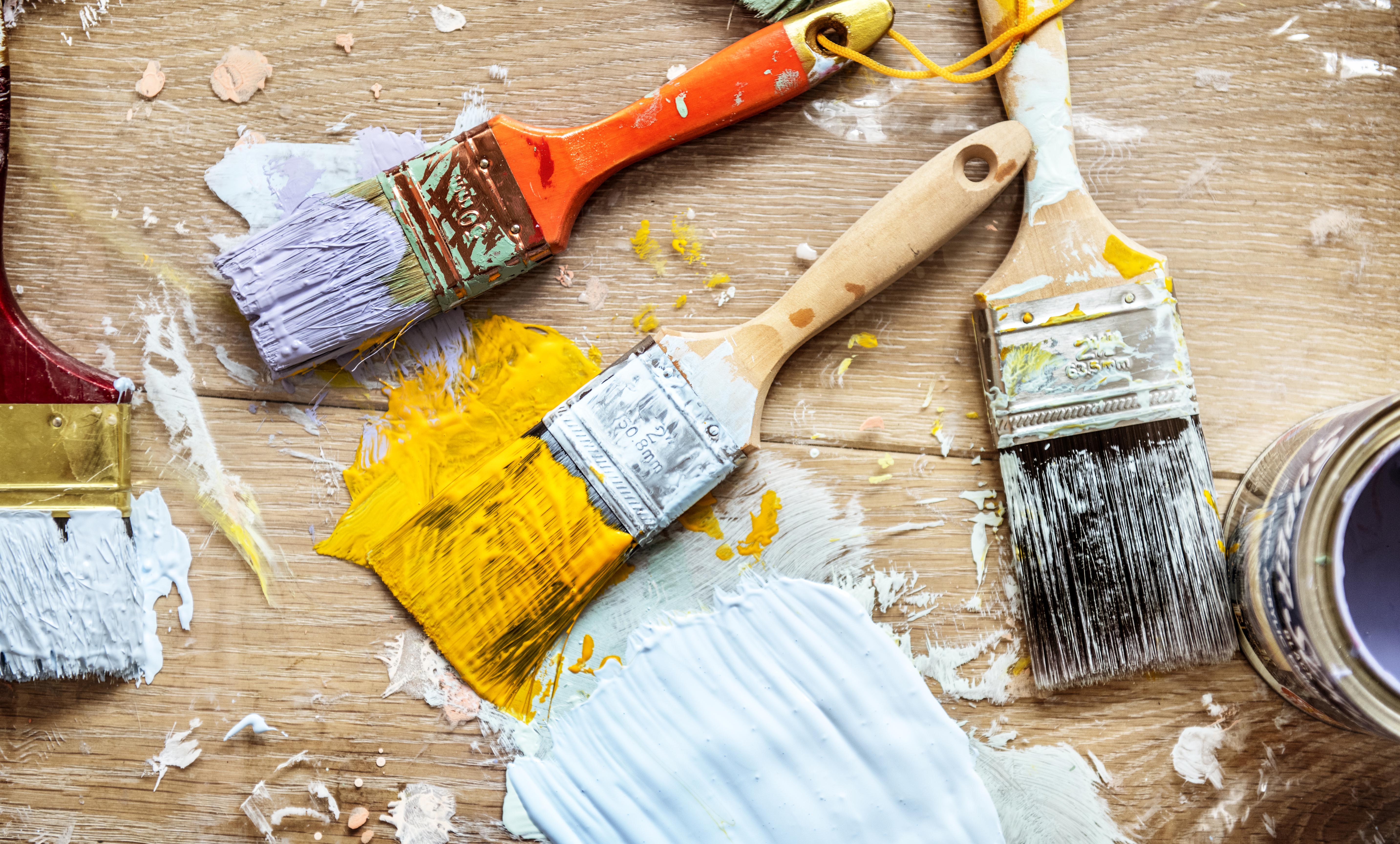What Is Upcycling? | The Trend Taking Over TikTok

The world of sustainability is filled with terms and practices that are specific to this industry, and one in particular has become somewhat of a trend on TikTok over the last year - upcycling.
Upcycling is a form of recycling but, instead of turning waste into a new material which can be used to make a new product, the original product is altered in some way to give it a new purpose or extend its life. This is usually done when the old product is no longer fit for, or needed for, its intended use.
Some common examples of upcycling include repainting or sanding down old furniture when the original paint is starting to chip or no longer suits your interior style, cutting up a pair of jeans so they can be worn as shorts or turning empty jars and containers into chic tableware.
This creative reuse of products that would otherwise be considered as waste has grown in popularity over the last decade and is now seen as a huge trend particularly within the fashion and home interior industries.
The Benefits of Upcycling
Protects the environment
There is a lot of value in upcycling with the main benefit being that it is great for the environment. With more and more of us practicing upcycling before throwing things away, we are seeing a reduction in the amount of waste across household items such as clothing, furniture and home textiles.
This can have a huge positive impact on climate issues, such as air pollution, because just one pound of clothing not going to landfill can prevent approximately seven pounds of CO2 emissions from damaging the environment; and that is just the tip of the iceberg.
Conserves limited resources
Upcycling also conserves our limited resources as it requires much less energy than manufacturing new products, or even recycling, and it prolongs the life of products made out of materials that are finite.
A good illustration of this is wood which is diminishing at a scarily fast rate. Instead of throwing away tables, chairs and other wooden products as soon as they look a little worn or are slightly damaged, when upcycled they get sanded down and refinished or chopped up and transformed into something new.
This lessens the demand and strain on the short supply of certain finite materials.
Saves you money
Upcycling can often be a means of survival and a necessity for those who cannot afford to make new purchases on non-essential items. For example, instead of buying a new dress for a special occasion using what you already have to create one is a great money saver.
Even if you do have the funds to treat yourself every once in a while, who doesn't want to save their money wherever possible so that it can be spent on bills, food, holidays and other things that cannot be obtained through upcycling.
Develop your skills
On a lighter note, upcycling is a great way to develop resourcefulness, creativity and artistic skills which makes it a good practice to instil in your children.
You might even discover a hidden talent for sewing or painting which could lead to a side hustle, or a whole new career.
Not to mention there is something hugely satisfying about creating something new out of something old especially if you have found a way to extend the life of a product that is of real importance to you or that you spent a lot of money on.
The sense of accomplishment and pride that you feel when you complete an upcycling project successfully can almost make the finished product feel even more valuable too.
Create something unique
Finally, upcycling is an opportunity to create something truly unique whether it's homeware, garden decor or clothing. This is an exciting prospect; to own a product that is completely customized to perfectly fit your aesthetic and needs – something that you can't find in any store and that no one else will have. A truly one of a kind piece.
It's clear that there is real merit in upcycling and it doesn't take a massive amount of time or energy to do it. In fact, it could save you both of those things, as well as money.
So, next time you are about to take a trip to your local dump to deposit a handful of items consider whether upcycling might be a viable option instead.
Is there a way you can use the product for something else? Can you break it down and build something new? Is it just in need of a bit of TLC to keep it going for another year or two?
Ask yourself those questions and if the answer to at least one them is yes, then grab your arts and crafts kit and get to work.







